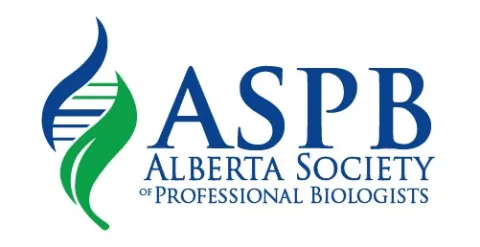PUBlic Professor Series | Dr. René Barendregt
Global Climate Archives in Mud and Rock: The magnetic recorder is always on [somewhere]!
Dr. René Barendregt, Department of Geography & Environment
Global warming is a “hot” topic these days, and virtually everyone is familiar with scenarios that are being proposed, in terms of what might lie ahead and how to deal with it. But equally important questions are: What have past climates been like, how do we know, and what were the drivers? The anthropogenic impact of 7.5 billion people is superimposed on a natural variability. What is that variability?
This presentation will describe tools which are used to “read” Earth’s climate history, and will focus on reconstructing climate over the most recent period of earth history (the period of ice ages, referred to as the Pleistocene Epoch). Using a geochronometer (a device used to measure geologic time), based on Earth’s magnetic polarity history, and a record of cyclic patterns established via changes in Earth-Sun relationships, we see that our planet experiences both colder and warmer conditions because it receives varying amounts of solar radiation.
Most of our planet is water, and our oceans contain an accurate, detailed and continuous sediment record with small shells (forams) embedded, from which we can obtain past temperatures. We do this through paleothermometry, which for ocean sediments consists of measuring oxygen-isotope ratios in shells. From the ocean records we learned that global climate cycles between colder and warmer climates, characterized as glacial and interglacial periods. Now the interesting question is: How do these colder and warmer periods manifest on land, where humans live, and how do we determine this? Well, Quaternary geologists like myself use sediment and rock sequences, which both span a considerable amount of time and have a record of climate. Many of these land sediments are measured paleomagnetically to establish the passage of time, while other dating tools are also used, given that suitable materials are found. In addition, sediment characteristics are identified that tell us about depositional processes and environments (stratigraphy), alteration of minerals (weathering, leaching, reddening, and soil formation), and types of plants and animals that lived (biostratigraphy). For each sampling site we also note the latitude and longitude, elevation, and proximity to large water bodies (moisture supply).
With all this evidence gathered we are now ready to reconstruct and model what past climates on land have been like. The evidence for glacials is seen in deposits laid down directly or indirectly by glaciers (tills, stony muds, glacial lake deposits, fine sediments transported by strong winds coming from icecaps, etc.). Evidence for interglacials is seen in altered sediments in which a soil will have formed. Particular soil types characterize particular climates. Warmer conditions may also have produced erosional surfaces (pediments) from the work of weathering and fluvial erosion. By measuring the passage of time (paleomagnetically) and identifying the physical, chemical, biological, and climatic conditions under which sediments are deposited (and altered), we have essentially developed an archive of past climates.
In this presentation, I will show you examples of these archives, taken from various continents, and hopefully be able to convince you that mud and rock contain valuable information to reconstruct the past, understand the present, and predict the future. I will also leave you with an understanding why nothing on our planet’s surface remains the same (static) for very long.
With special thanks to our talk sponsor:

